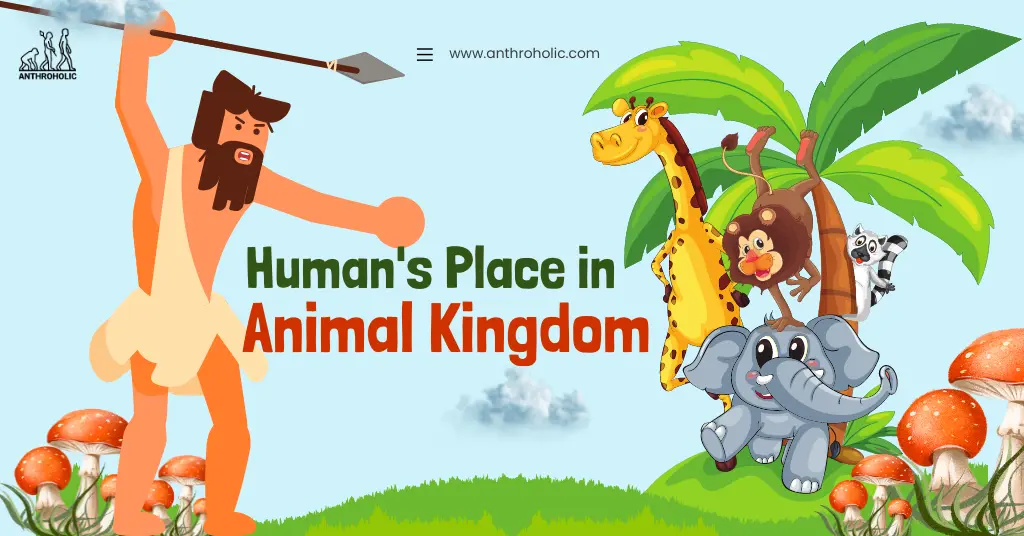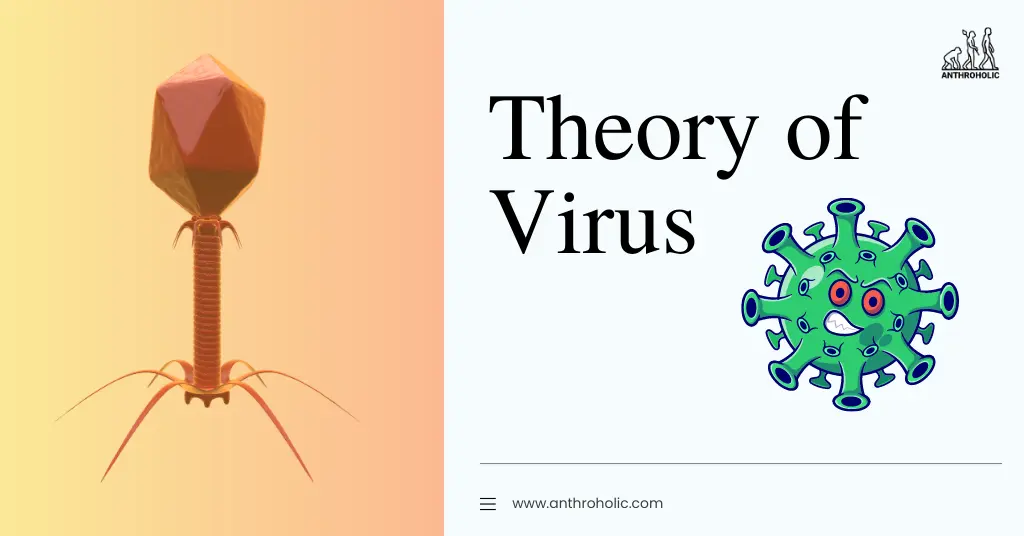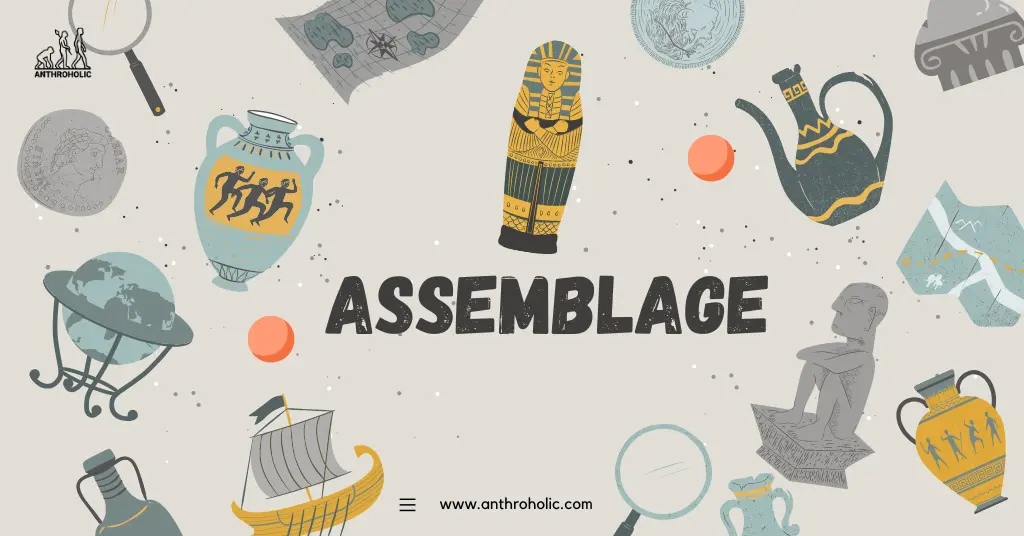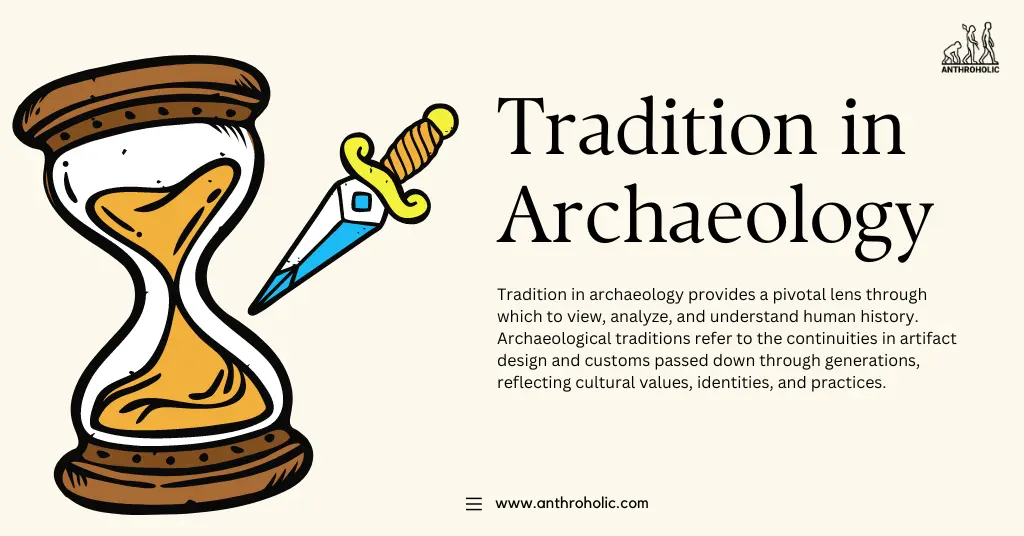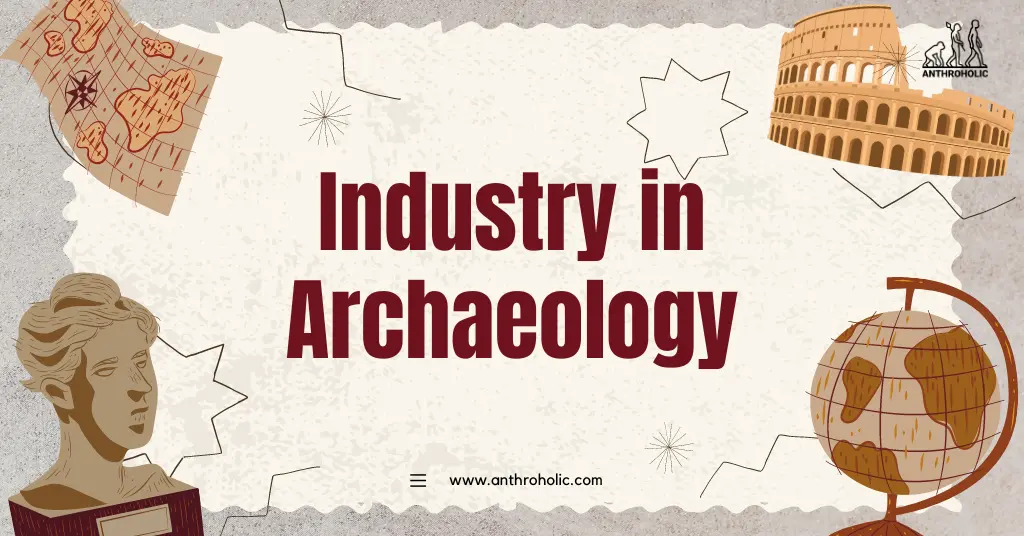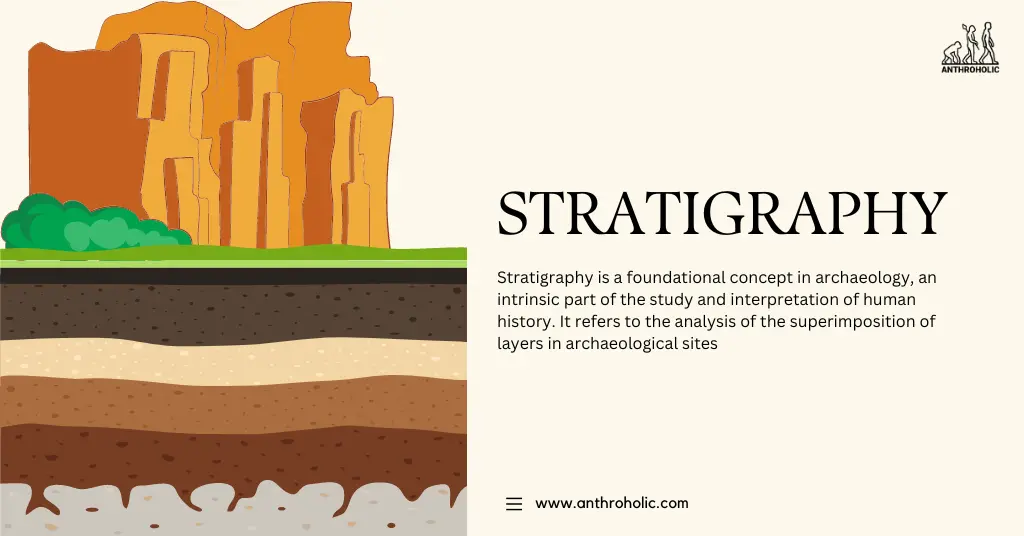AI Answer Evaluation Platform Live Now. Try Free Answer Evaluation Now
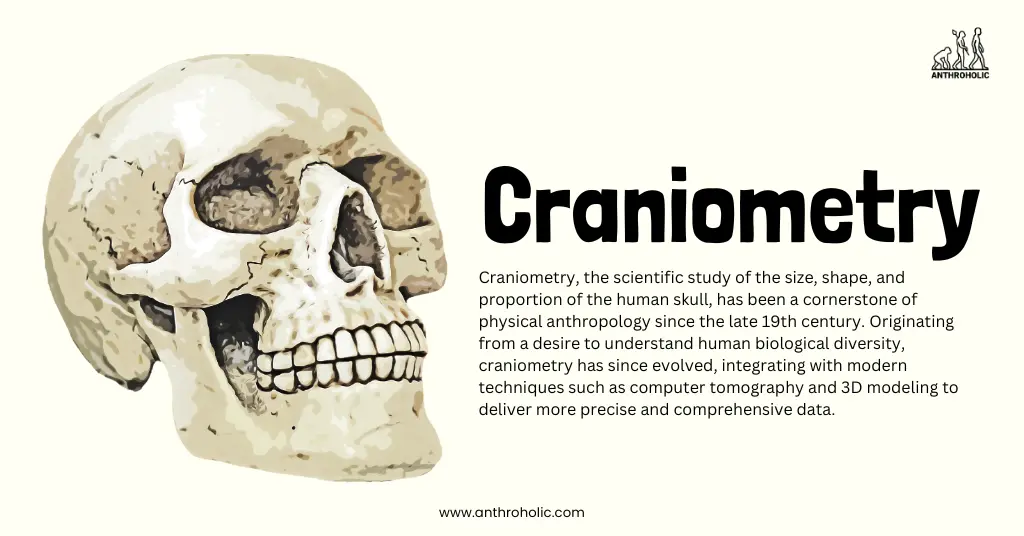
Craniometry
Craniometry, the scientific study of the size, shape, and proportion of the human skull, has been a cornerstone of physical anthropology since the late 19th century. Originating from a desire to understand human biological diversity, craniometry has since evolved, integrating with modern techniques such as computer tomography and 3D modeling to deliver more precise and comprehensive data.

